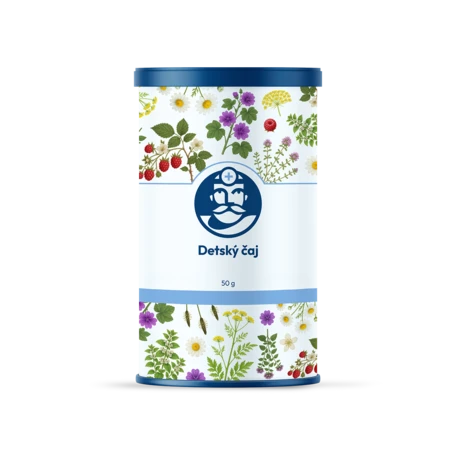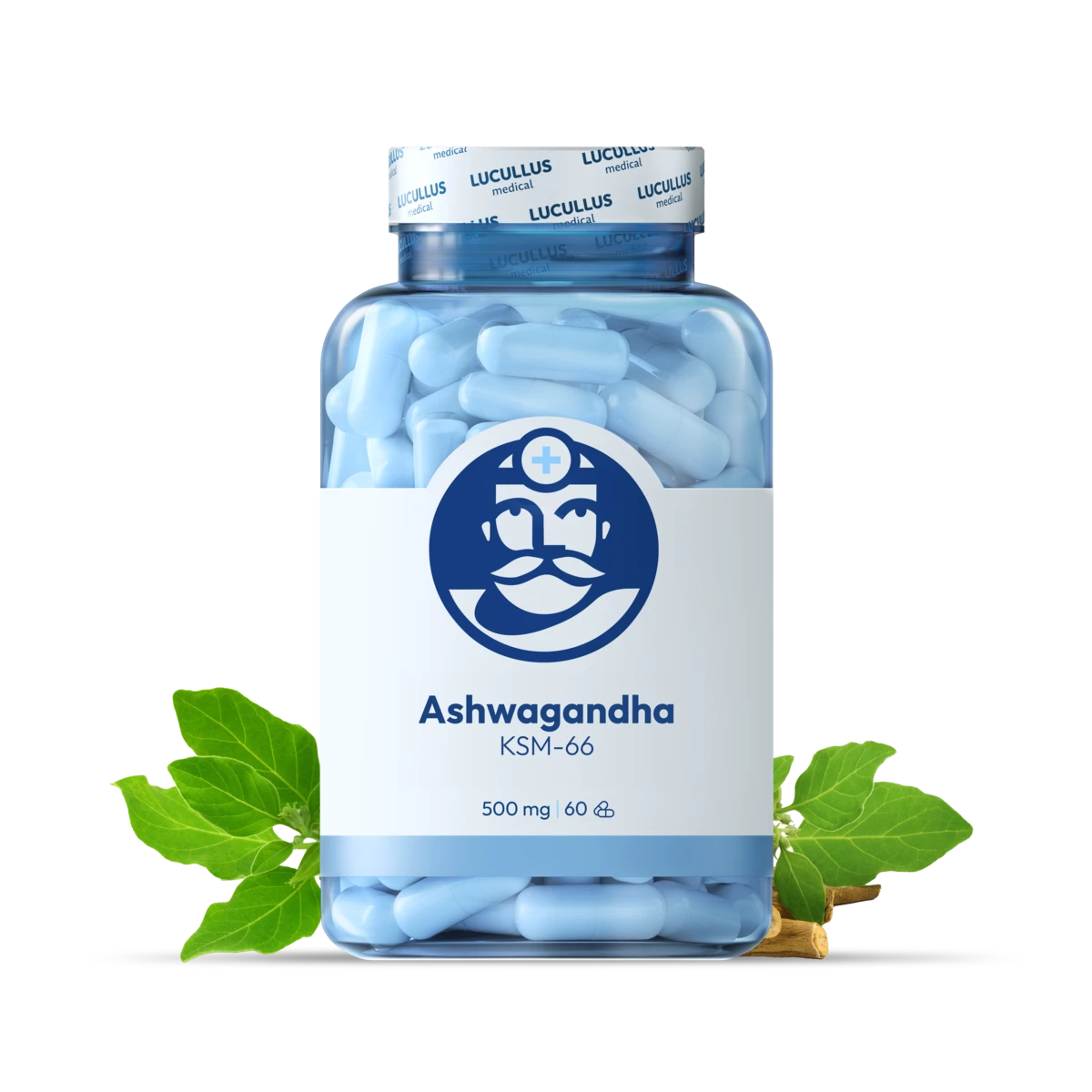
Ashwagandha - Withania somnifera
„Ashwa“ (horse) „gandha“ (root smell), the name itself points to the plant's ability to provide strength and vitality (animal strength hidden in the root). Known by names „Indian ginseng“ (similar root shape), also „winter cherry“ (fruits resemble cherries). From the small bush with yellow flowers, mainly the root is used in traditional medicine. Given its calming effects, it's appropriately named Withania somnifera, sleepy or dreamy. The Latin name somnifera also reveals its sleep-inducing property.

Let Yourself Shine with B2
The “yellow spark” that powers our body is vitamin B2 - riboflavin, (from Latin flavus “yellow”) was first isolated from milk and initially named lactoflavin. Its uniqueness was noticed by scientists due to its natural fluorescence under UV light, which helped them better understand its distribution in nature. But it wasn't just its mysterious light that attracted scientists' attention. It holds the power to transform food into life force. Riboflavin, aka vitamin B2, is not just a pretty fluorescent molecule, but it is important in cellular metabolism.

Did you catch the latest trend of nature? Choline and Inositol
Sometimes it seems at first glance that we have everything under control, but the reality is often different. "Liters" of coffee, fast food between duties, endless deadlines, constantly ringing phones. The result is fatigue, problems with concentration, forgetting even simple things, moods changing faster than the weather, and nights full of tossing and turning, as if our mind is running at a minimum. In a hectic pace, we do not realize the importance of proper nutrition. The good news is that nature can save us, in nature everything can be in harmony if we combine it from nature, it is a mysterious duo of choline and inositol.It is an ideal combination not only for the body but also for a tired mind, which is calling for help. Although many are unaware of them, choline and inositol work in every cell of our body, keeping our brain in shape, liver clean, and nerves strong. Their effects were discovered relatively recently. Why should we pay attention to these nutrients?

Iron - the secret of your health and energy
Imagine your body as a factory working at full capacity, providing energy, growth, and cell repair, with iron as the fuel that keeps it running. If iron reserves are depleted, you immediately feel tired, weak, have heart palpitations, or paler skin. Other symptoms of iron deficiency include brittle nails, dry hair, shortness of breath, sleep problems, reduced concentration, cold extremities, increased susceptibility to infections, and anemia (a lack of red blood cells caused by too little iron in the body) manifesting as extreme fatigue. In anemia, the body is not adequately supplied with oxygen and tires quickly. A signal of iron deficiency may also be bruising, as this mineral plays an important role in the production of hemoglobin, which supports the proper function of platelets.

Innovative LIPO C (Liposomal Vitamin C)
Vitamin C (ascorbic acid) has long been recognized for its ability to enhance immune function and reduce the severity and duration of colds and flu. That vitamin C is essential for optimal immune system functioning and overall health is well known. This is evidenced by the fact that vitamin C is one of the most popular and widely used dietary supplements worldwide. The low content of this vitamin in processed foods requires its regular replenishment. In addition to boosting immunity and shortening the duration of colds, it plays an important role in wound healing, brain function improvement, and bone strength support.

Choline and Inositol
Choline and Inositol - two words you probably haven't heard before. In the world of dietary supplements, however, they are an important combination of B vitamins, which are actually not vitamins. They are substances very similar to vitamins which support liver function and lipid metabolism - that is, fat metabolism. Choline is a water-soluble vitamin analogue. It is found in lecithin, which is common in many plant and animal tissues. Choline is a precursor for the neurotransmitter (i.e., carrier) acetylcholine - which is involved in many memory and muscle functions.






























